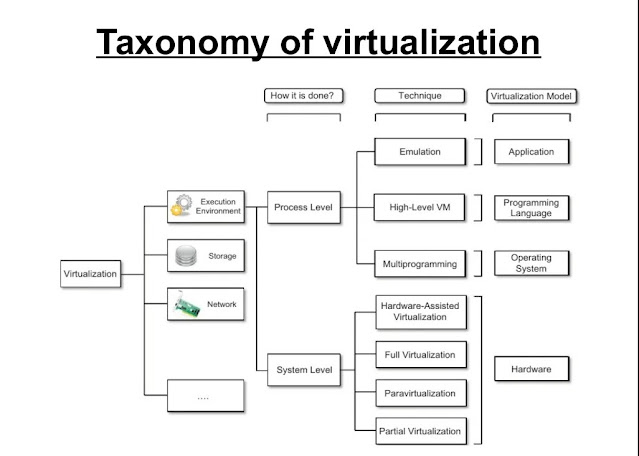What are the two main types of vertical market portals and how are they distinguished from one another?
The two main types of vertical market portals are affinity group portals and focused content portals.
1. Affinity group portals seek to attract statistical aggregates of people who identify themselves by their attitudes, values, beliefs, and behavior. They exist to serve such broad constituencies as women, African Americans, and gays as well as much more focused constituencies like union members, religious groups, and even homeschooling families.
2. Focused content portals contain in-depth information on a particular topic that all members are interested in. They can provide content on such broad topics as sports, news, weather, entertainment, finance, and business, or they can appeal to a much more focused interest group such as boat, horse, or video game enthusiasts.
.png)



Comments
Post a Comment